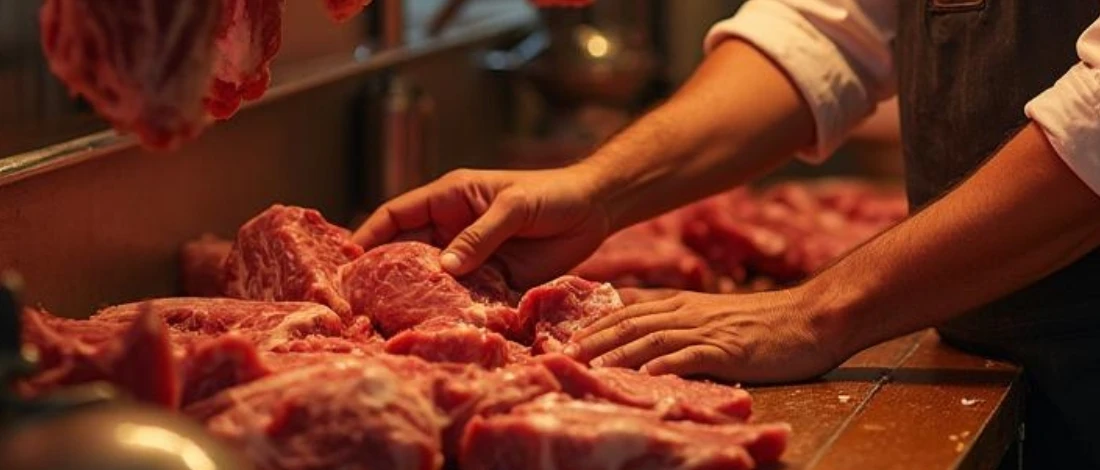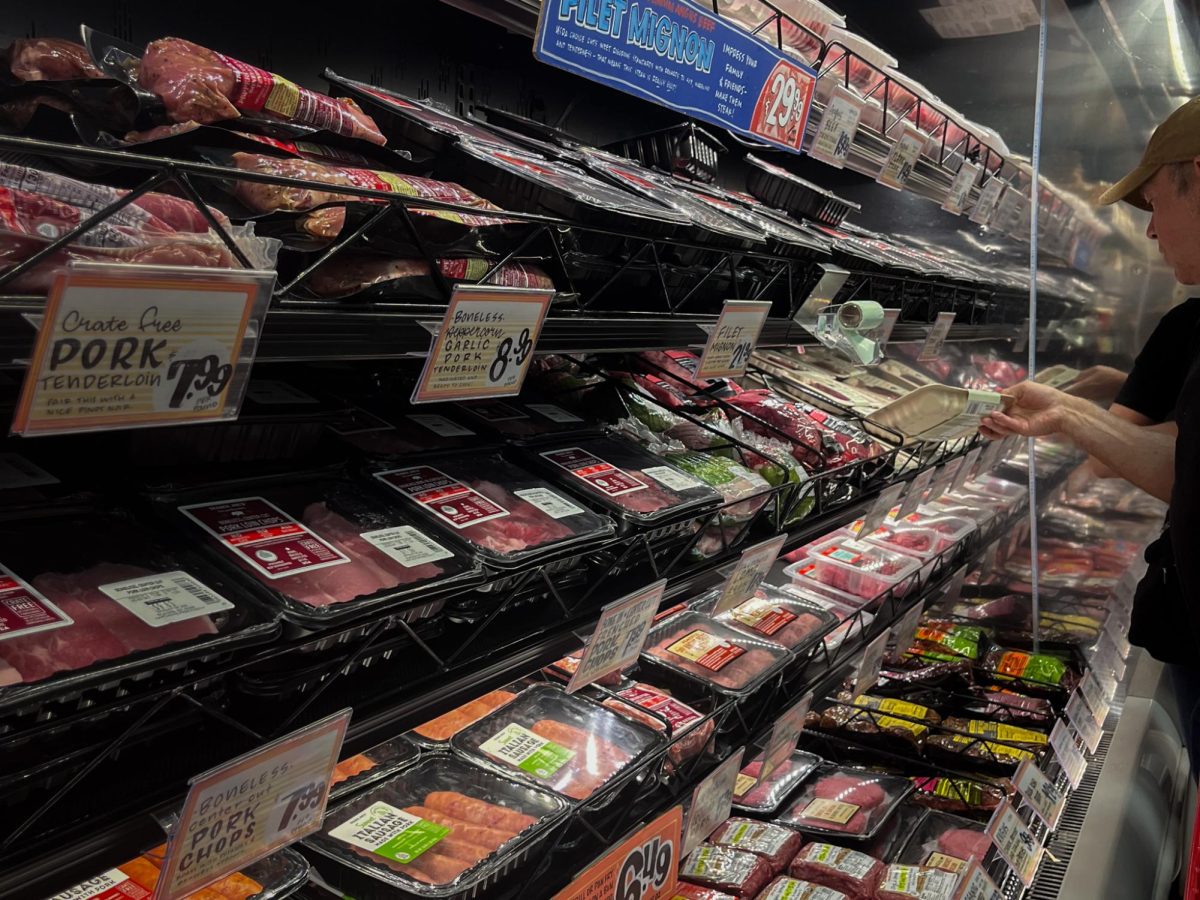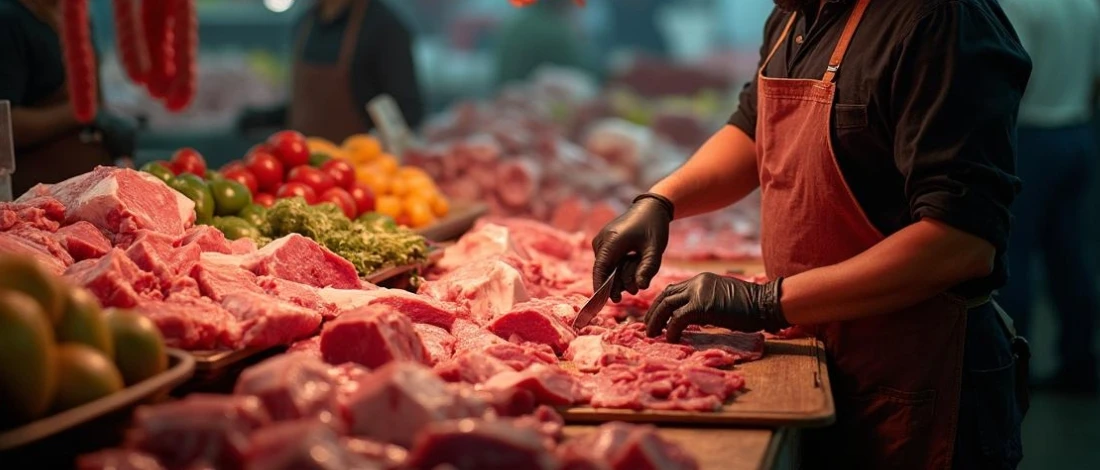Beef has become the new political headache in America. Prices are climbing fast, testing President Donald Trump’s claim that he could tame grocery bills.
This month, he urged ranchers online to bring down cattle prices. The appeal landed poorly. Many producers say the problem runs deeper than his posts, warning that his ideas might backfire.
Across the country, herds are shrinking. The US cattle count is at its lowest point in nearly seventy-five years. Since 2017, more than 150,000 ranches have disappeared, a seventeen percent drop, according to the Agriculture Department. Drought, high input costs, and decades of consolidation among processors have left ranchers squeezed from all sides.
In Illinois, rancher Christian Lovell says his once-green pastures have turned dry. “You put all these together and you have a recipe for a really broken market,” says Lovell, who works with advocacy group Farm Action.
The price picture backs him up. Retail beef mince is up nearly thirteen percent in a year. Steaks have jumped even higher, up sixteen percent, far outpacing general food inflation.
A pound of ground chuck now averages about six dollars thirty-three cents, up from five dollars fifty-eight last year.
Brenda Boetel, an agricultural economist at the University of Wisconsin–River Falls, says demand hasn’t slowed. “People are still wanting that American beef,” she says.
Derrell Peel, a professor at Oklahoma State University, doesn’t expect relief soon. He says rebuilding herds takes years, leaving the administration with few tools to move prices down.
This week, the Agriculture Department rolled out what it called a “big package” to open more grazing land and help small processors. The move came after Trump proposed importing more beef from Argentina, a plan that angered ranchers and lawmakers alike.
Eight House Republicans sent a letter opposing the idea. The National Cattlemen’s Beef Association said it would create “chaos” for US producers without cutting store prices.
Trump defended his stance, pointing to tariffs that already limit imports from Brazil. “It would be nice if they would understand that,” he wrote online, adding that consumers matter too.
But discontent lingers. Justin Tupper, president of the US Cattlemen’s Association, said the import plan favors the major meat packers. “I don’t see that lowering prices here at all,” he said.
Industry experts say the deeper issue lies with consolidation. Four companies—Tyson, JBS, Cargill, and National Beef—control over eighty percent of beef processing.
“These are consolidated markets gouging ranchers and gouging consumers,” says Austin Frerick, an antitrust researcher at Yale University.
Even as Trump rescinded a Biden-era order on corporate consolidation, his team has continued to study competition in agriculture.
Kansas rancher Mike Callicrate took matters into his own hands by selling directly to customers. Still, he says most ranchers lack the funds to follow suit. “We’re not going to rebuild this cow herd until we address market concentration,” he says.
Bill Bullard of R-CALF USA remembers when the industry started to collapse in the 1980s. He shut down his South Dakota ranch back then. Now, he says prices for cattle have improved only because supply fell so sharply that buyers had no choice.
Even so, Bullard doubts Trump’s ideas will help. “He’s focused on the symptoms and not the problems,” he says.
You May Also Like: Study Maps the ‘Carbon Hoofprint’ of U.S. Meat Consumption





